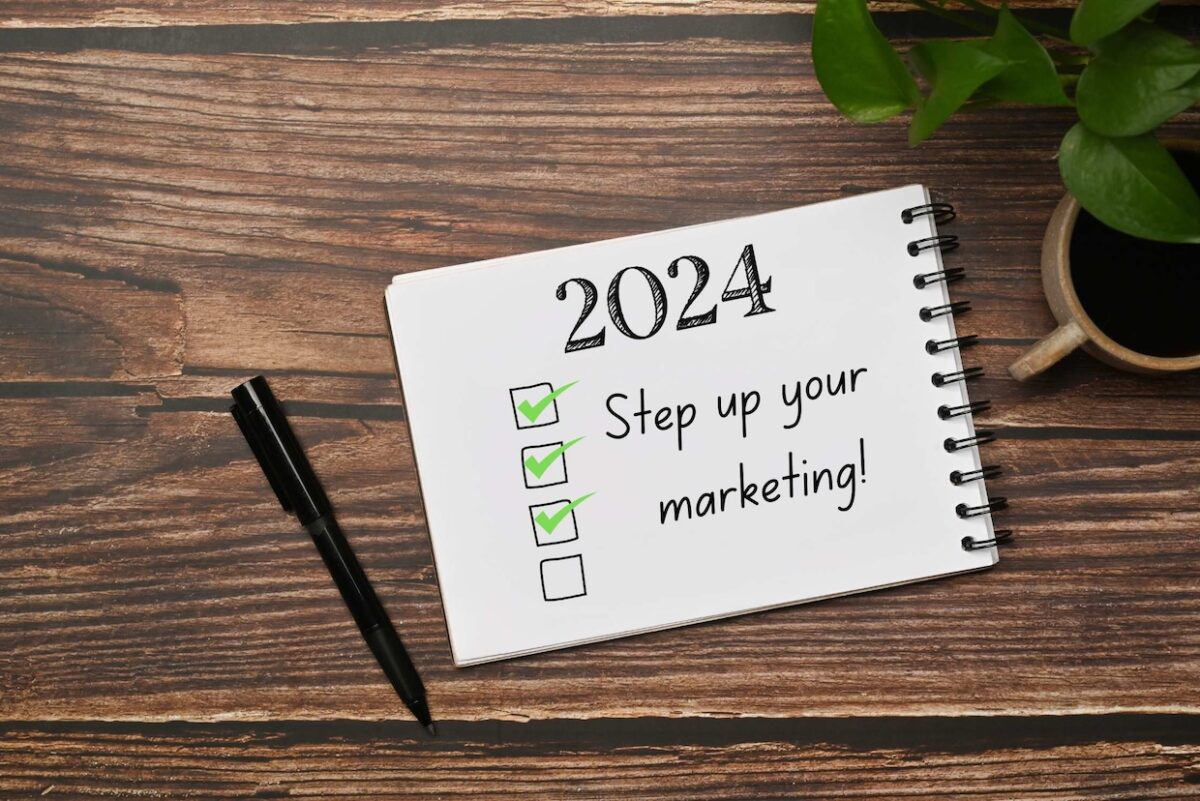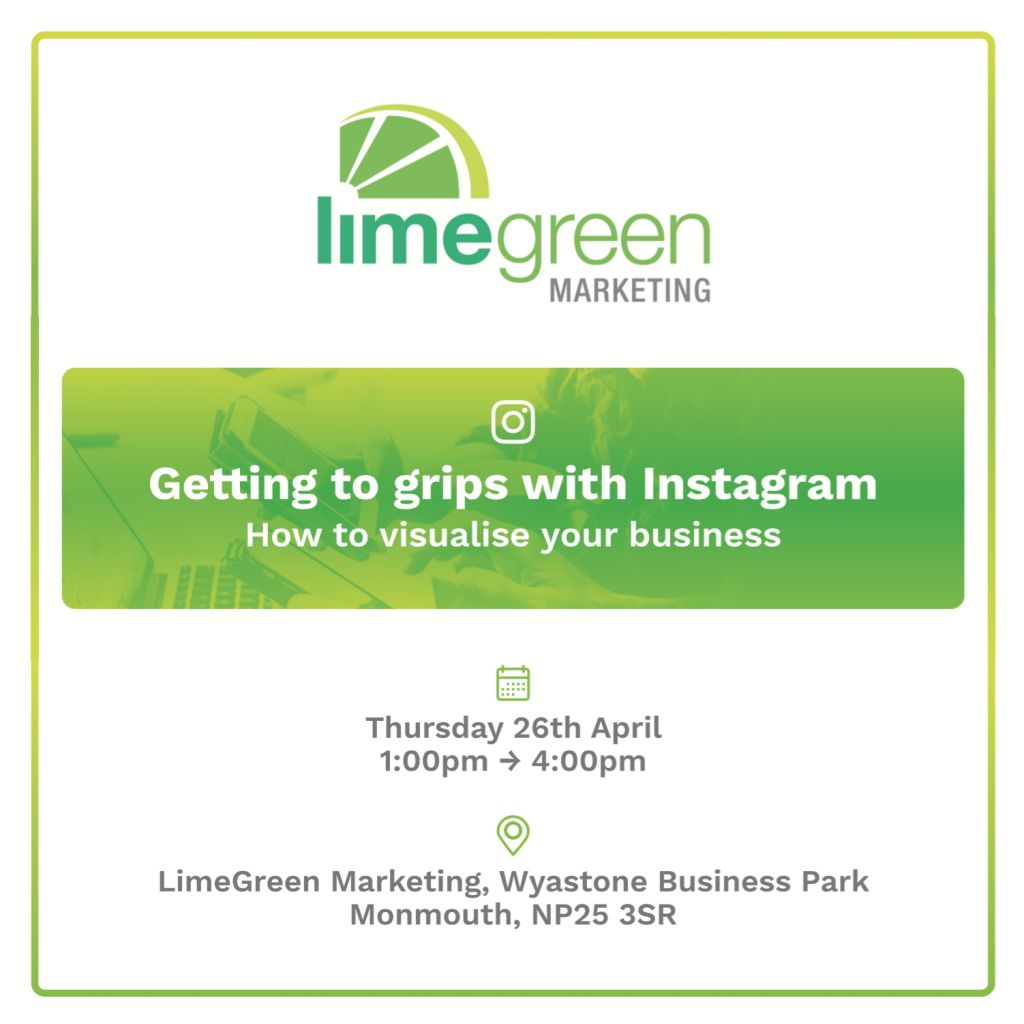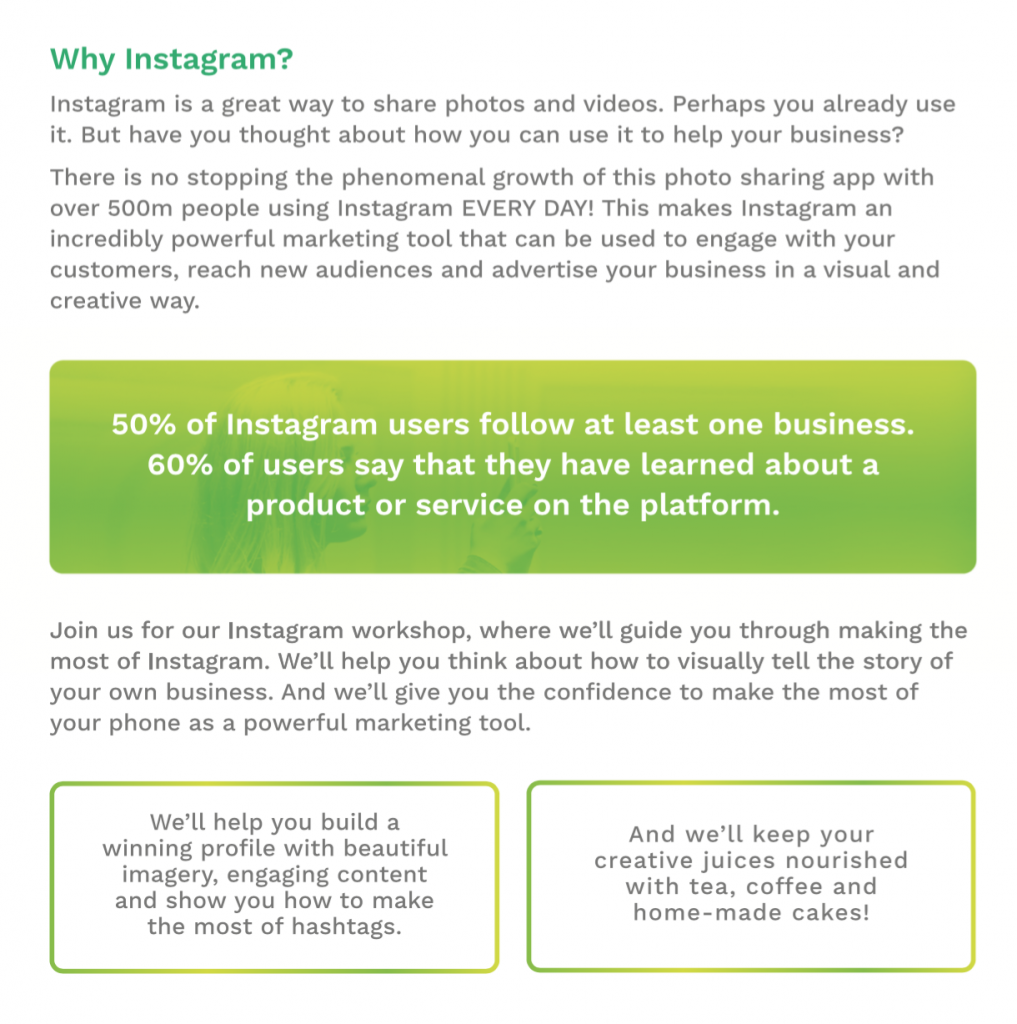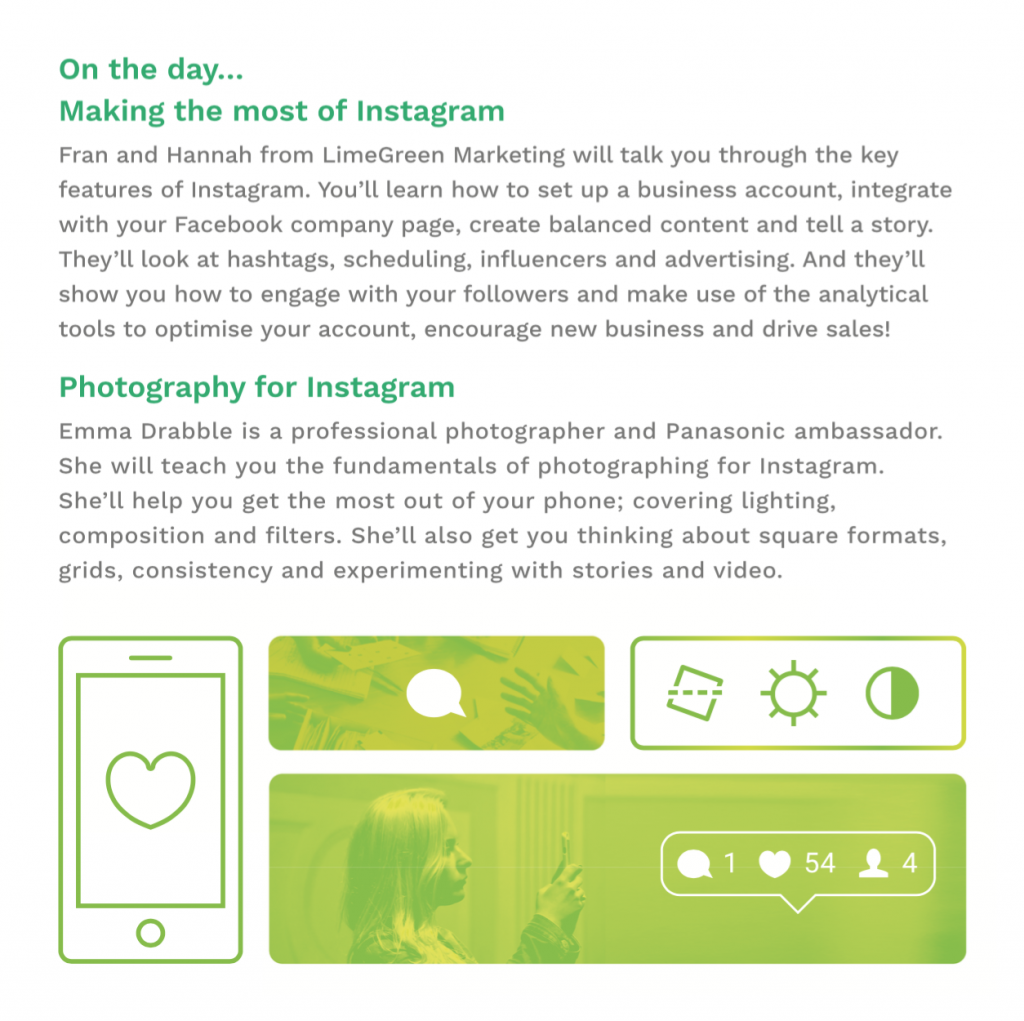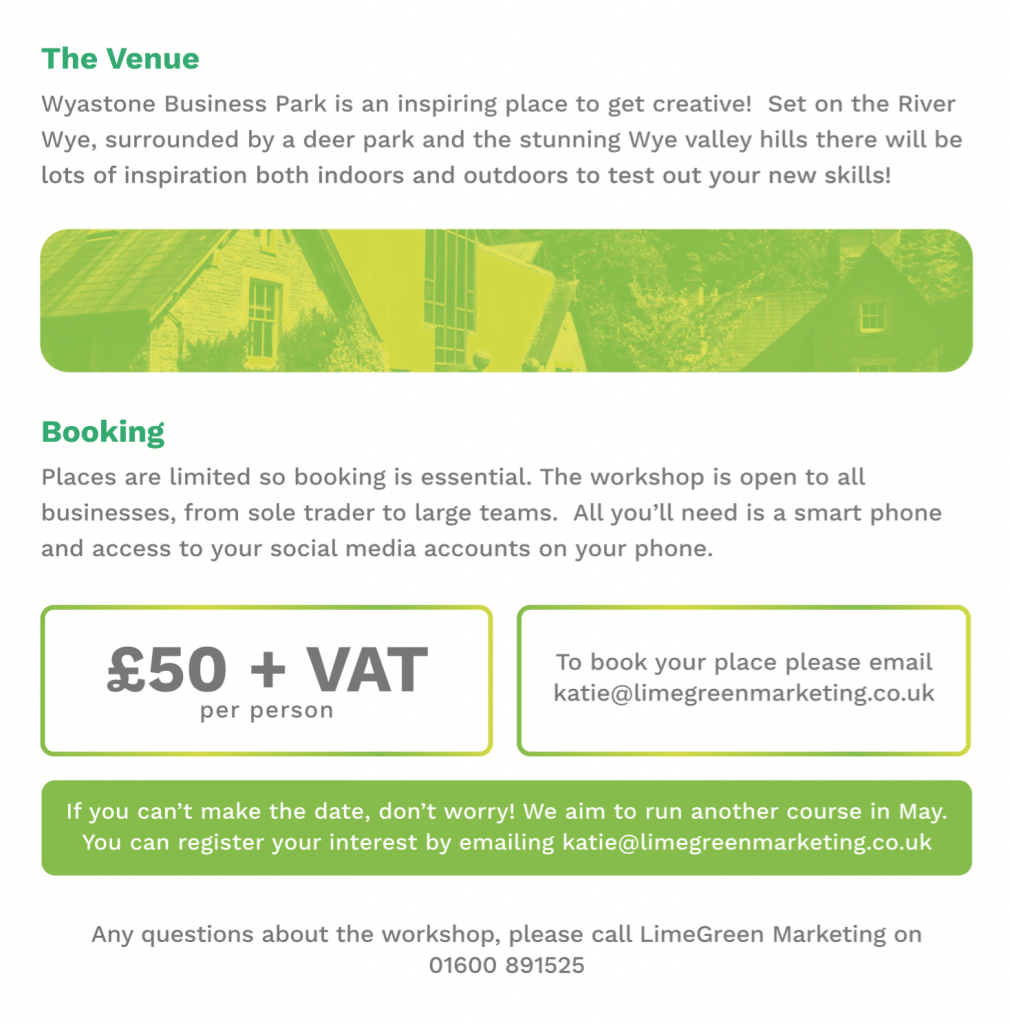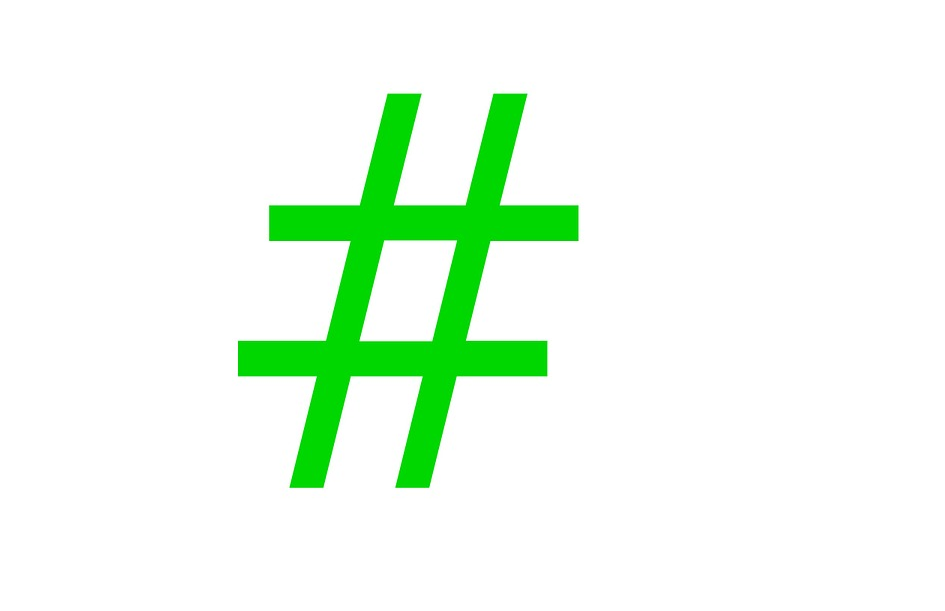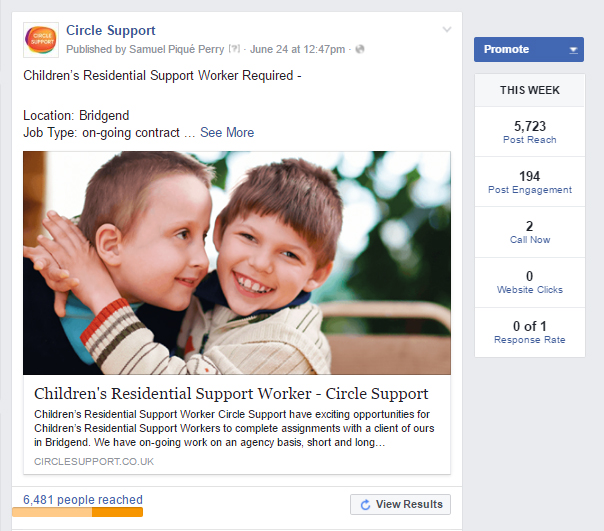Running a business, your time is valuable – and seriously in demand. You want to build a social media and digital presence, grow your brand and reach more people but there never seem to be enough hours in the day. But focusing on a few key steps can kick-start your marketing growth this year.
-
Know your audience
Who are your ideal customers? What are their drivers and why might they come to you? Put together example customer personas for your target groups, and share these across the business to ensure everyone has the right customer insight and that any proposed marketing initiative is tailored to your target audience.
-
Get your branding right
Establish a clear brand identity, including design, brand voice and succinct brand messaging. A strong brand is a key differentiating factor to make you stand out from the competition. And if it’s your business, don’t worry about showing a more personal side to your brand – it can have a good impact.
Brand all your communications and make sure your logo, company name, tone of voice and messaging are consistently applied, including on your website, social media and emails. Inconsistency will dilute customer recognition and loyalty, plus variation in company name could negatively affect Google searches for your business.
-
Engage with social media
Facebook, Twitter, Instagram and LinkedIn are all potential marketing avenues for your company. If you’ve never used any of these to promote your business, you’re missing out.
- Don’t let fear of ‘doing it wrong’ stop you engaging – There are plenty of good free courses available to get you up to speed and comfortable with different social media channels.
- Target your resources – Focus on the social media channels right for your audience.
- Put a plan and guidelines in place – So everyone knows what to say and when.
- Schedule in time for regular engagement – Post regularly and respond to enquiries promptly.
- Bring in help – Consider enlisting the support of an external social media manager and marketer as a flexible and cost-effective way of maximising social media opportunities.
-
Create content
Whether you are posting on your website, putting articles out on social media or sending out e-newsletters, you need regular, valuable content.
- Make sure your content is engaging for your audience.
- Vary your content. For instance, add videos, third-party content from credible sources and event information into the mix.
- Plan ahead with a content schedule and get content ready ahead of busy times, so there is no communication drop-off.
- Repurpose content in different ways – on the website, in emails and social media posts.
-
Go direct
Don’t forget the potential impact of direct marketing too. A well-targeted email marketing campaign can be an effective and inexpensive way to reach large numbers of existing and potential customers, to target specific groups using segmented customer lists and potentially build good customer relationships.
Revitalise your marketing in 2024
And remember there’s support available to help you at every stage if needed. If you’re interested in talking to our team about how we could help you step up your marketing in 2024 we’d love to hear from you. Contact us here for more information or give us a call on 01600 730490.


